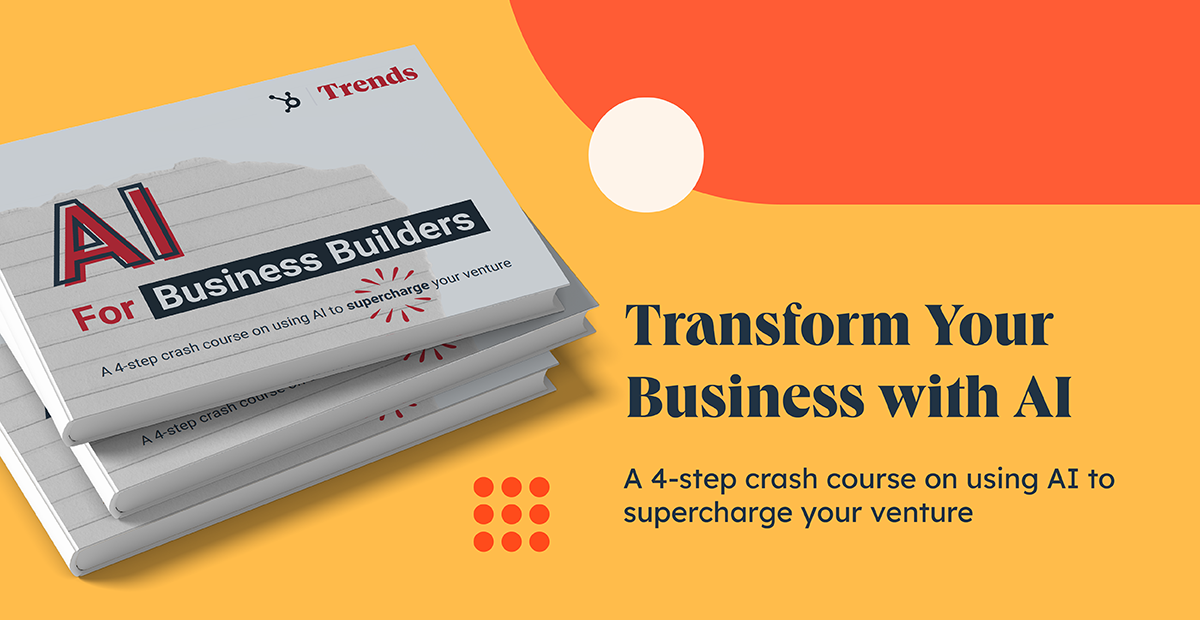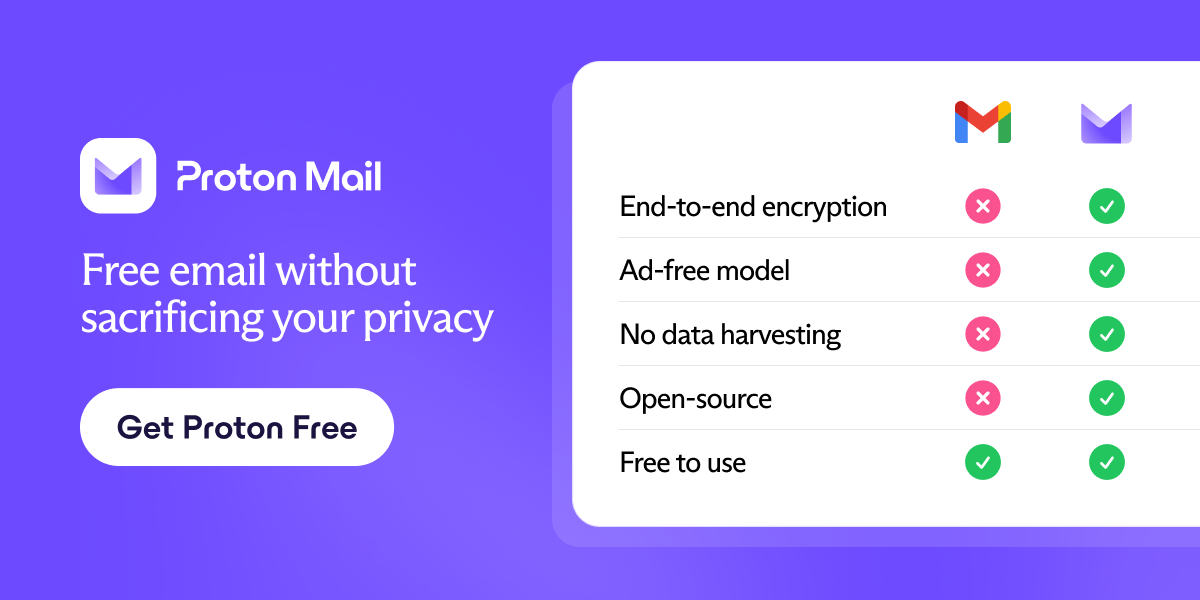- Tiny Big Spark
- Posts
- Decoding the Invisible: How AI Is Redefining the Future of Data Analysis
Decoding the Invisible: How AI Is Redefining the Future of Data Analysis
From automation to insight — how intelligent systems turn everyday information into actionable intelligence
Decoding the Invisible: How AI Is Quietly Rewriting the Rules of Data Analysis
The Hidden Revolution Beneath Everyday Data
Most people still think of data analysis as spreadsheets, formulas, and charts. The quiet reality is that data has changed — not in form, but in scale and complexity. Every email, meeting transcript, and click adds to a sea of unstructured information that used to be nearly impossible to navigate.
That’s where artificial intelligence has quietly stepped in. AI doesn’t just make data analysis faster — it changes what’s possible to analyze. It reads nuance, detects patterns across text and numbers, and can summarize human conversation with the same fluency it once reserved for numbers.
The new generation of AI-powered analysis tools doesn’t need to replace your judgment; it expands it. They don’t just crunch figures — they reveal meaning, context, and hidden relationships between things you didn’t think were connected.
Demystify AI for Your Business in Just 4 Steps

Overwhelmed by AI? HubSpot's free guide cuts through the noise. Get the ultimate crash course for non-technical entrepreneurs who want to harness AI's power—without getting lost in the jargon.
"AI for Business Builders" delivers:
- A 4-part roadmap to AI mastery
- Jargon-free explanations of large language models
- Practical prompt engineering tips you can use today
- Real-world examples of AI boosting businesses like yours
Arm yourself with the knowledge to make informed AI investments and skyrocket your startup's growth.
Download Your Free Guide Now
Tip: Start by identifying repetitive, data-heavy tasks in your work that drain time — meeting summaries, report synthesis, or content sorting. These are usually the first and easiest wins for AI-powered analysis.

The A.C.H.I.E.V.E. Principle: Knowing When AI Belongs in Your Process
AI is most powerful when applied with intent. Our research distills the use cases into six practical domains — A.C.H.I.E.V.E.:
Aiding Human Coordination: AI organizes the chaos of collaboration. It can summarize meetings, extract action items, and keep teams aligned without endless back-and-forth.
Cutting Out Tedious Tasks: Repetition is expensive — not financially, but mentally. AI thrives on automating data cleanup, categorization, and organization, freeing people to focus on higher-value work.
Helping as a Safety Net: Humans make mistakes — small oversights that compound in reports or compliance documents. AI can run validation checks or policy cross-references, catching what’s easy to miss.
Inspiring Creativity and Problem Solving: Contrary to fears, AI doesn’t kill creativity; it amplifies it. By simulating different viewpoints or challenging assumptions, AI often surfaces angles humans overlook.
Enabling Ideas to Scale: The magic of AI is not just insight, but scalability. Once you build a workflow that works — analyzing, sorting, generating — it can instantly replicate that process thousands of times.
The takeaway is simple: AI is not a silver bullet, but a scalpel. It’s most effective when aimed at precision work — the places where clarity, speed, and consistency matter most.
Tip: When deciding where to use AI, ask: “Is this task structured enough to teach, and repeated enough to drain energy?” If yes, AI is your ally.
Don’t get SaaD. Get Rippling.
Remember when software made business simpler?
Today, the average company runs 100+ apps—each with its own logins, data, and headaches. HR can’t find employee info. IT fights security blind spots. Finance reconciles numbers instead of planning growth.
Our State of Software Sprawl report reveals the true cost of “Software as a Disservice” (SaaD)—and how much time, money, and sanity it’s draining from your teams.
The future of work is unified. Don’t get SaaD. Get Rippling.
The D.I.G. Framework: How to Think With AI
Using AI for analysis isn’t just about uploading files and waiting for results. The most powerful outcomes come from a structured approach — what we call the D.I.G. framework:
Describe: Begin by helping the AI understand the data. This means asking it to summarize, list columns, and identify patterns or anomalies. If the AI misunderstands the data’s format, everything downstream suffers.
Introspect: Next, question the data — what relationships exist? What could these patterns imply? This back-and-forth makes analysis more human-like, forcing the AI to reason and explain.
Goal-Set: Finally, define what success looks like. “Analyze this” is too vague. Instead, specify outcomes: “Find trends over time,” “Highlight anomalies,” or “Summarize customer sentiment.”
This framework transforms AI from a generic assistant into a thinking partner. It ensures your analysis stays both rigorous and contextual — and that the results make sense when a real decision needs to be made.
Tip: Treat AI like a capable but inexperienced analyst — it can handle logic and language, but it needs clarity. Always review outputs as if you were teaching a smart trainee how to reason.
The Gold standard for AI news
AI will eliminate 300 million jobs in the next 5 years.
Yours doesn't have to be one of them.
Here's how to future-proof your career:
Join the Superhuman AI newsletter - read by 1M+ professionals
Learn AI skills in 3 mins a day
Become the AI expert on your team
Beyond Spreadsheets: The New Language of Analysis
The world no longer runs on rows and columns alone. Modern data is unstructured — text, images, videos, and even conversations. AI bridges that gap.
Today, you can analyze customer interviews by sentiment, extract visuals from videos, or merge multiple reports into one live dashboard — all without writing a single line of code. It’s not about tools; it’s about thinking differently.
Imagine uploading a set of images and asking AI to enhance them, label patterns, or generate a visual summary. Or combining several Excel files into one unified view — with AI recognizing overlapping categories, reformatting fields, and organizing everything automatically.
The point is not automation for its own sake. It’s that AI lets you interact with data the way you think — narratively, conceptually, even visually. The skill is shifting from calculation to conversation.
Tip: Start small. Pick one unstructured dataset — meeting notes, images, or PDFs — and experiment with a single prompt: “Describe what’s inside.” You’ll be surprised how quickly AI translates chaos into clarity.
Free email without sacrificing your privacy
Gmail tracks you. Proton doesn’t. Get private email that puts your data — and your privacy — first.
From Analysis to Action: Building the Next Layer of Intelligence
The real advantage of AI isn’t just analyzing data — it’s what happens next. Once an analysis exists, AI can help you build tools that act on it. Dashboards. Alerts. Reports. Even lightweight applications that make insights available in real time.
This is where traceability and replication become essential. By saving every step of your AI-assisted process, you make it possible for others — or your future self — to verify, repeat, or improve the analysis.
AI can even convert your analytical process into an executable script — transforming a one-time workflow into a reusable utility. That’s how data-driven systems evolve from manual effort to automated intelligence.
The future isn’t about having more data. It’s about having accessible intelligence — information that continuously updates, self-corrects, and scales with need.
Tip: After every major analysis, ask AI to generate a “traceability document.” It should include what data was used, how it was analyzed, and where potential risks lie. This habit builds long-term reliability into every AI-powered decision you make.
Final Reflection
AI isn’t replacing the art of analysis — it’s refining it. The best outcomes come not from speed, but from thoughtful alignment between human judgment and machine reasoning.
When used well, AI doesn’t drown you in more data; it filters noise into meaning. It allows the busy, overwhelmed professional — the person with no time to waste — to think with sharper focus, deeper clarity, and faster precision.
That’s the quiet revolution unfolding now. Not in labs or headlines, but in the daily workflow of those who dare to analyze differently.
What’s your next spark? A new platform engineering skill? A bold pitch? A team ready to rise? Share your ideas or challenges at Tiny Big Spark. Let’s build your pyramid—together.
That’s it!
Keep innovating and stay inspired!
If you think your colleagues and friends would find this content valuable, we’d love it if you shared our newsletter with them!
PROMO CONTENT
Can email newsletters make money?
With the world becoming increasingly digital, this question will be on the minds of millions of people looking for new income streams in 2025.
The answer is—Absolutely!
That’s it for this episode!
Thank you for taking the time to read today’s email! Your support allows me to send out this newsletter for free every day.
What do you think for today’s episode? Please provide your feedback in the poll below.
How would you rate today's newsletter? |
Share the newsletter with your friends and colleagues if you find it valuable.
Disclaimer: The "Tiny Big Spark" newsletter is for informational and educational purposes only, not a substitute for professional advice, including financial, legal, medical, or technical. We strive for accuracy but make no guarantees about the completeness or reliability of the information provided. Any reliance on this information is at your own risk. The views expressed are those of the authors and do not reflect any organization's official position. This newsletter may link to external sites we don't control; we do not endorse their content. We are not liable for any losses or damages from using this information.





Reply